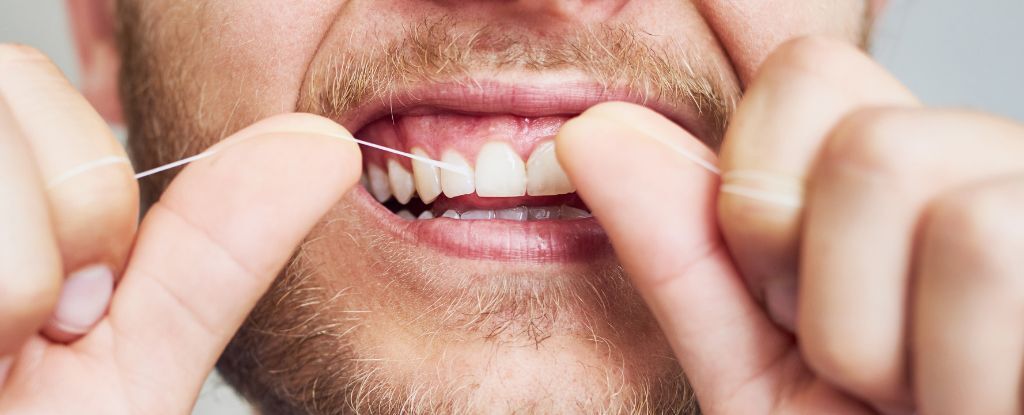A team of researchers from Texas Tech University has proposed an innovative method for vaccine delivery using dental floss, potentially addressing the common fear of needles that leads many to avoid vaccinations. Their study, recently published in Nature Biomedical Engineering, explores the junctional epithelium (JE) in the mouth as an alternative entry point for vaccines. This area, located where the gums meet the teeth, is designed to be leaky, allowing immune cells to navigate and defend against bacterial invasions.
The researchers hypothesized that the inherent leakiness of the JE could facilitate the entry of vaccine antigens, stimulating an adaptive immune response. They noted that the presence of numerous immune cells in this microenvironment might enhance vaccine efficacy.
Delivering vaccines to the JE has proven challenging due to its location within the gumline, which has historically limited its consideration as a viable vaccine entry point. The introduction of dental floss as a delivery mechanism could change this perspective, given its design for reaching tight spaces.
To test their hypothesis, the researchers coated dental floss with various types of vaccines and administered them to mice over several weeks. The results indicated strong immune responses in both the oral cavity and throughout the mice’s bodies. Notably, the floss-coated vaccine successfully protected the mice against subsequent flu infections.
In a preliminary step towards human trials, researchers conducted tests on human volunteers using a dye instead of a vaccine. The dye effectively reached the JE, supporting the feasibility of this method in humans. “These findings establish floss-based vaccination as a simple, needle-free strategy that enhances vaccine delivery and immune activation compared with existing mucosal immunization methods,” the researchers stated.
This approach not only presents a solution for individuals with needle phobias but also offers logistical advantages. Floss-based vaccines could be easier to transport and store, eliminating the need for medical professionals to administer them. This characteristic could be particularly beneficial during pandemics, such as COVID-19, when rapid distribution is crucial.
Previous attempts to deliver vaccines through oral methods, such as under the tongue or in the cheek, have not yielded sufficient penetration into circulation. The research team emphasized the necessity for alternative vaccine delivery methods due to the drawbacks of traditional injectable vaccines, which include pain, risks associated with unsafe injection practices, and limited activation of mucosal immunity.
While further research is necessary to refine this approach, the potential of dental floss as a vehicle for vaccine delivery is becoming increasingly clear. The study signals a significant step forward in addressing vaccine accessibility and acceptance among populations hesitant to accept traditional methods.































































